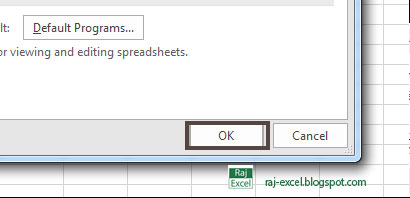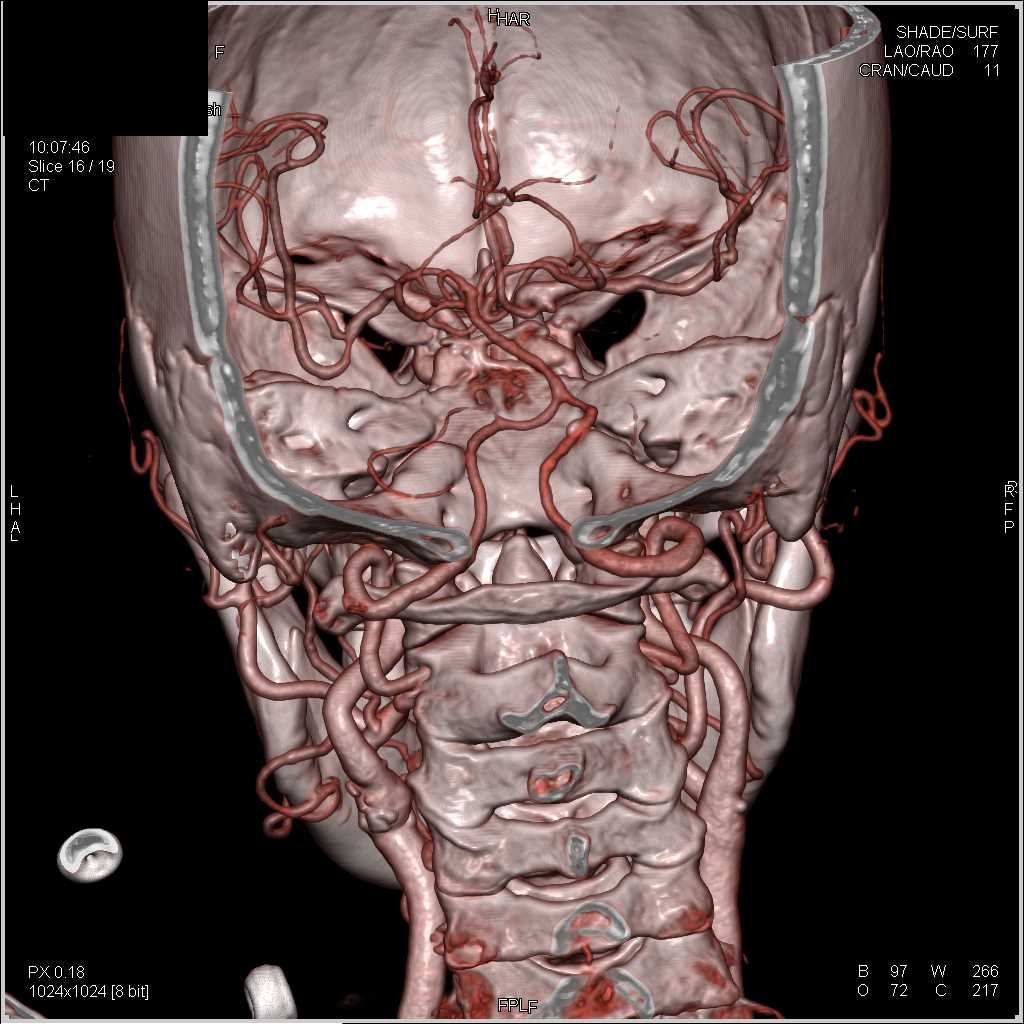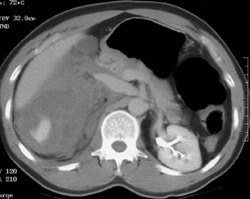
You should now be able to generate a frequency distribution table in SPSS and also select the histogram option.Quick analysis is a report addon that allows you easily identify some of the key insights available to you from the collected answers.

We hope you have found this quick tutorial useful. If you want to save your histogram, you can right-click on it within the output viewer, and choose to copy it to an image file (which you can then use within other programs). It appears that our distribution is somewhat skewed to the left. You’ll notice that SPSS also provides values for mean (9.7) and standard deviation (2.654). The y-axis (on the left) represents a frequency count, and the x-axis (across the bottom), the value of the variable (in this case the number of correct answers). HistogramĪ histogram provides a graphical representation of a frequency distribution. The size of the sample is effectively the total number of valid scores, which you can see at the top of the table and at the bottom of the Frequency column. You’ve also got columns specifying percent and cumulative percent, where percent is the number of occurrences of a given score divided by the total number of scores multiplied by 100, and cumulative percent is the total you get when you add the percent values to each other as you descend down the rows. The number of occurrences of a given score is specified in the Frequency column. The scores (in our case, the number of correct answers) are in the left column. Frequency Distribution Tableįirst we have the frequency distribution table: The output produced by SPSS is fairly easy to understand. Now you’re ready to generate the frequency distribution table and histogram. Now select Histograms as the chart type (and additionally it’s a good idea to tick the show normal curve option).Ĭlick Continue when you’re done, which will bring you back to the Frequencies dialog box. Once you’ve set this up, hit the Charts button to bring up the Charts dialog box.

You can do this by dragging and dropping, or by selecting the variable on the left, and then clicking the arrow in the middle. You need to get the variable for which you wish to generate the frequencies into the Variable(s) box on the right. This will bring up the Frequencies dialog box.

To make a frequency distribution table, click on Analyze -> Descriptive Statistics -> Frequencies. It allows you to see how scores are distributed across the whole set of scores – whether, for example, they are spread evenly or skew towards a particular end of the distribution.

We’re interested in the Score variable, which is the number of questions people get right out of 15.Ī frequency distribution table provides a snapshot view of the characteristics of a data set. It comes from a logic test featured on the Philosophy Experiments website that requires people to identify whether arguments are valid or invalid. Click OK to generate a frequency distribution table.Click on the Chart button, select Histograms, and the press the Continue button.Move the variable of interest into the right-hand column.Click on Analyze -> Descriptive Statistics -> Frequencies.


 0 kommentar(er)
0 kommentar(er)
